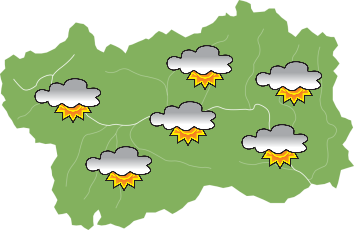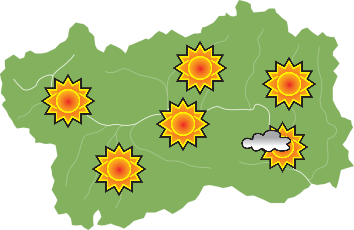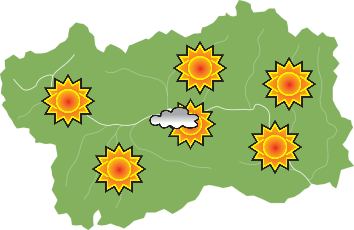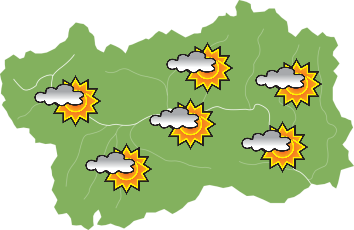Il ''patois''
Traditions -Su tutto il territorio della Valle d’Aosta gli abitanti parlano abitualmente il “patois”, un dialetto francoprovenzale. Esso presenta terminologie e cadenze che variano da Comune a Comune in conseguenza delle influenze francesi, vallesane, walser e piemontesi subite nel corso dei secoli. Il vocalismo della parlata è di tipo provenzale ed il consonantismo è di tipo francese. Le affinità maggiori sono riscontrabili nei dialetti
parlati nelle regioni francesi della Savoia e della Provenza, e nella Svizzera Romanda. Verrès è l’unico dei Comuni in cui non si parla il patois, ma per i suoi contatti con il vicino Canavese, gli abitanti parlano tra di loro il dialetto piemontese. Da alcuni decenni si cerca di mantenere vivo e valorizzare il patois.










